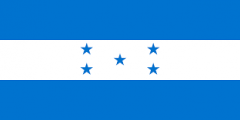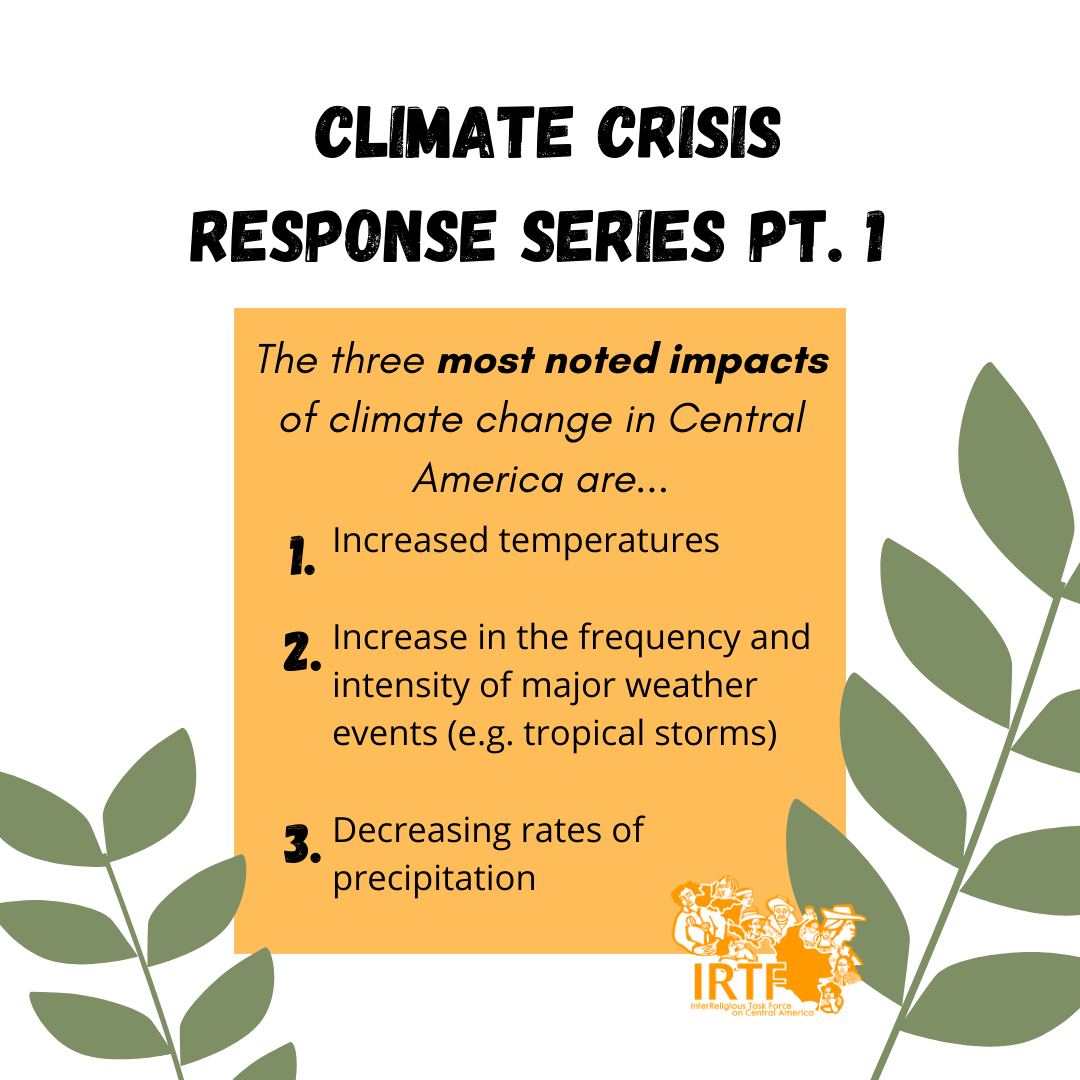- Home
- About Us
- Issues
- Countries
- Rapid Response Network
- Young Adults
- Get Involved
- Calendar
- Donate
- Blog
You are here
Honduras: News & Updates
 Honduras did not experience civil war in the 1980s, but its geography (bordering El Salvador, Guatemala and Nicaragua) made it a key location for US military operations: training Salvadoran soldiers, a base for Nicaraguan contras, military exercises for US troops. The notorious Honduran death squad Battalion 316 was created, funded and trained by the US. The state-sponsored terror resulted in the forced disappearances and extrajudicial killings of approximately 200 people during the 1980s. Many more were abducted and tortured. The 2009 military coup d’etat spawned a resurgence of state repression against the civilian population that continues today.
Honduras did not experience civil war in the 1980s, but its geography (bordering El Salvador, Guatemala and Nicaragua) made it a key location for US military operations: training Salvadoran soldiers, a base for Nicaraguan contras, military exercises for US troops. The notorious Honduran death squad Battalion 316 was created, funded and trained by the US. The state-sponsored terror resulted in the forced disappearances and extrajudicial killings of approximately 200 people during the 1980s. Many more were abducted and tortured. The 2009 military coup d’etat spawned a resurgence of state repression against the civilian population that continues today.
Learn more here:
News Article
August 12, 2020
Although the effects of climate change reverberate around the globe, its effects vary from region to region, continent to continent, and Central America is no exception. // Aunque los efectos del cambio climático repercuten en todo el mundo, sus efectos varían de una región a otra y de un continente a otro, y Centroamérica no es una excepción.
News Article
August 10, 2020
“It is the taxpayers of the U.S. who finance the Honduran military and police. If the U.S. stops supporting this narco-state, it will stop violating our rights,” said OFRANEH’s Miranda Miranda, general coordinator of OFRANEH (Fraternal Organization of Black Hondurans). The US State Department describes Honduras as being plagued by “significant human rights issues,” including extrajudicial killings and torture, arbitrary detentions and “widespread government corruption.” And yet in April 2020, Trump decided to gift President Juan Orlando Hernández (who is facing criminal charges of drug trafficking and alleged to have used drug money to rig his election) an extra $60 million in military and security aid. Not only is the Hernández regime not “stopping drugs,” it’s also not curbing illegal immigration to the U.S. In fact, critics say Honduras’ neoliberal policies—policies that cater to transnational corporations at the expense of local residents like the Garifuna—also foster or enable factors like displacement, mass poverty, and the presence of organized crime, all of which actually drive the wave of Honduran migrants headed north toward the U.S.
News Article
August 10, 2020
The Jesuit-sponsored Reflection Research and Communication Team (ERIC) in Honduras reported on Radio Progreso (Aug 10) that “Model Cities” are at the root of the territorial dispossession and violence against Garífuna communities. While he was president of the National Congress in 2013, Juan Orlando Hernández (now president of Honduras) pushed through legislation to create “Zedes,” (Zones of Economic Development and Employment), also referred to as “Model Cities.” Economic forces interested in creating these territorial and administrative divisions (which, by the way, are not subject to the laws of the central government saw a green light for more land grabs of Garífuna ancestral lands along the Atlantic coast. And even though Honduras has been a signatory to the American Convention on Human Rights, it routinely ignores the rulings of the Inter-American Court on Human Rights. This blatant snubbing of international rulings by the State of Honduras is also a blatant discounting of its own constitution: the Constitutional Chamber of the Supreme Court of Justice, the body that interprets the Constitution, says that international judgments are mandatory and must be complied with. The kidnapping of its leaders [on July 18] and the vulnerability that surrounds the Triunfo de la Cruz Garifuna community is the product of structural violence promoted by the State that is expressed in threats, death, cultural and territorial dispossession, according to Dr. Joaquín Mejía, a lawyer and researcher for ERIC. If the State had complied with the sentence in due time, many of the violent atrocities waged in recent years against Garífuna leaders and residents could have been avoided.
News Article
August 6, 2020
Inter-American Court on Human Rights issues a ruling, 1- to require that the State of Honduras adopt all necessary and adequate measures to determine the whereabouts of Milton Joel Martínez Álvarez, Suami Aparicio Mejía García, Gerardo Misael Trochez Calix y Albert Snaider Centeno Thomas, who have been disappeared since 18 July 2020…and 2- to require the State of Honduras to adopt all appropriate measures to effectively protect the rights to life and personal integrity of the members of the Garífuna Communities of Triunfo de la Cruz and Punta Piedra that develop collectively actions in defense of the rights of the Garífuna people…
News Article
August 5, 2020
Racism and a history of violence against human rights and environmental defenders in Honduras make the Garífuna people a vulnerable target. Garífuna territory stretches along pristine Caribbean beaches and includes fertile agricultural lands that have become of interest to international tourism developers and palm oil companies. Over the course of decades, large scale economic projects (e.g., Hilton’s Indura Beach and Golf Resort) have led to land grabs and a loss of farmland that the Garífuna people had used for subsistence farming. In 2015, the Inter-American Court on Human Rights ordered the Honduran government to compensate the community of Triunfo de la Cruz for the ancestral lands that had been lost, but close to five years later, it has not complied and economic development projects continue to proliferate in Garifuna territories. Francis Lopez, a resident of Triunfo de la Cruz, described an ongoing sense of fear and insecurity in her village. When those who abducted five men from the community on July 18, wearing bulletproof vests and police uniforms, arrived in unmarked vehicles and began pounding on doors, surprised residents quickly realized what was happening. The community responded with a roadblock to try and stop the abductions, but they were shot at before three vehicles got away.
News Article
August 1, 2020
To President Juan O. Hernández of Honduras: "The abduction of "the Garífuna five" comes against the backdrop of widespread violations of the rights of the Garífuna people, including their ownership rights to ancestral lands...I should point out that this is not merely an internal matter for Honduras; this is an international human rights issue...The lawless and criminal campaign against the Garífuna people, and their leaders, in Honduras must stop.." Sincerely Yours, Dr. The Hon. Ralph E. Gonsalves Prime Minister and chair of CARICOM
News Article
July 30, 2020
“The recent kidnapping of four Garífuna leaders, reportedly by Honduran police officials, reflects the continued determination of the country’s politically powerful to prevent progress in the fight for equal justice in Honduras. The Honduran government owes the international community an explanation as to what role state officials had in these egregious violations of human rights against the Garífuna community. It must ensure immediate, independent investigations into this kidnapping and answer for the repeated and ongoing attacks against community leaders, human rights defenders, and journalists."
News Article
July 27, 2020
OFRANEH (Black Fraternal Organization of Honduras) outlines several threats to the Garífuna communities of the Atlantic coast: 1- the government’s Model Cities (ZDEs) legislation that encourages land grabs of communal Garífuna territories; 2- the lack of prior consultation with communities before economic development projects are started (this is a violation of international law); 3- tourism industry; 4- industrial agriculture (palm oil), 5- climate change, 6- coastal erosion, 7- State violence as weapon of social control, 8- assassinations of community leaders, 9- exodus of young people , many fleeing to the US
RRN Letter
July 24, 2020
On June 19, the body of Antonio Bernárdez, a 71-year-old leader of the Garífuna community of Punta Piedra, was discovered with bullet wounds and signs of torture. This was six days after he was disappeared. The Punta Piedra has been plagued by violence stemming from a land conflict since non-Garífuna families started settling there in 1992. The Inter-American Court of Human Rights has criticized the government for not adhering to its mandates to protect Garífuna ancestral lands and adequately investigate the murders of Garífuna community leaders. As recently as May 2019, the Court acknowledged that Garífuna community members are still experiencing "direct death threats," "blackmail, increased robbery," and "profiling of leaders." The forced disappearance of at least four Garífuna men from Triunfo de la Cruz on July 18 is evidence of the ever-present dangers faced by the Garífuna communities along the Atlantic coast (cf our letter July 20, 2020). We are demanding that authorities in Honduras 1- carry out a comprehensive and transparent investigation into the assassination of Antonio Bernárdez, publish the results, and bring the perpetrators to justice; 2- develop protection mechanisms for Garífuna communities and their leaders, in strict accordance with their wishes; and 3- adhere to all resolutions and judgments issued by the Inter-American Commission on Human Rights and the Inter-American Court of Human Rights to protect Garífuna ancestral lands, community residents and leaders.
News Article
July 24, 2020
"EU funding is not investing in security, justice, respect for the human rights of the Honduran people or guarantees for their defense, in addition to failing to comply with the commitments made in terms of foreign policy and gender equality. On the contrary, the evidence shows us that a repressive system is being strengthened against Lenca and Garífuna communities that are self-organising in defense of the environment, their territories and fundamental rights. In this regard, we would like to express our concern at the lack of attention and involvement of the European Union in the face of the violations of rights in Honduras and in particular of the communities, women and men who defend them."

